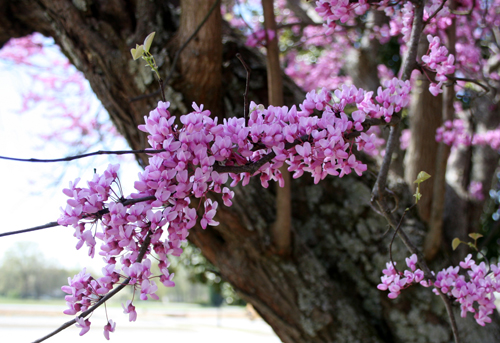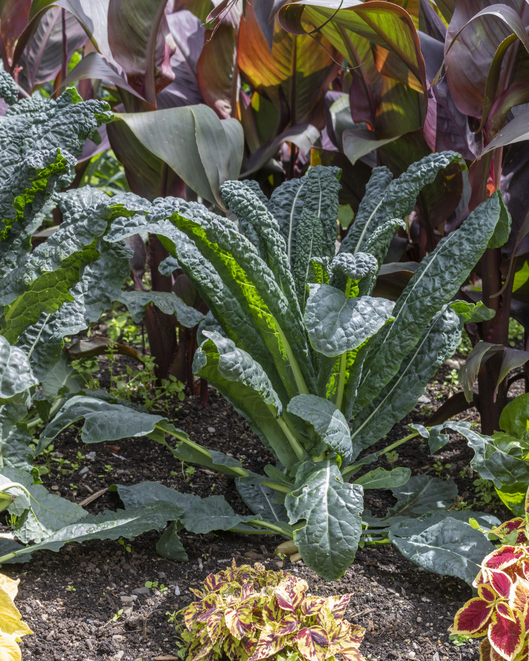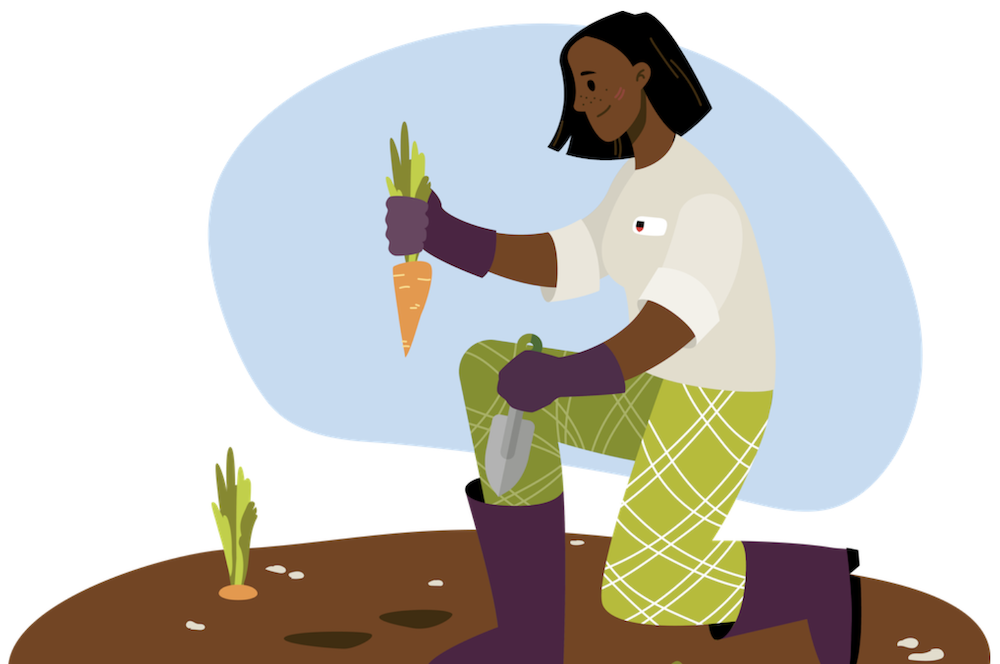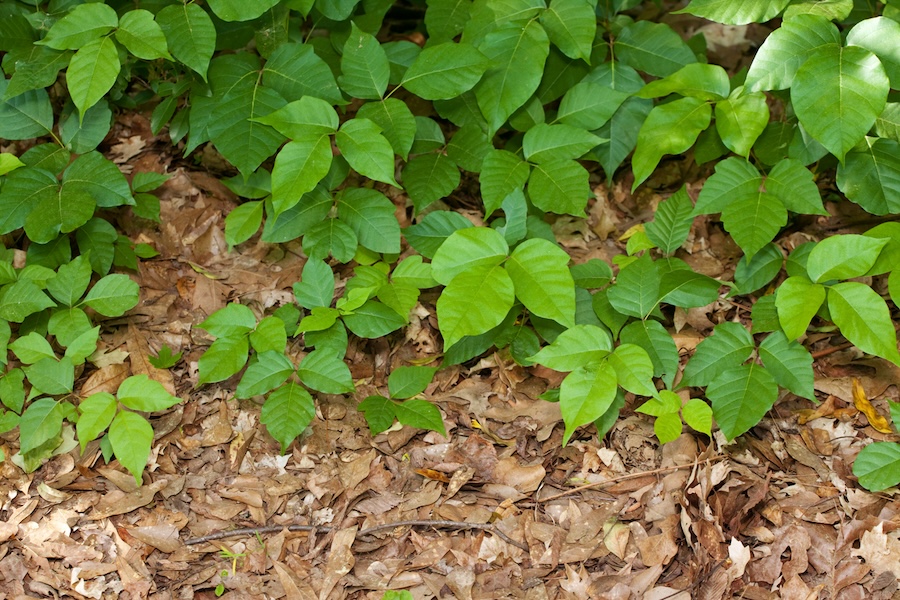January and February are ideal months for pruning overgrown trees and shrubs. However, avoid pruning shrubs and trees that flower in the spring like dogwoods, azaleas and native hydrangeas.
These should be pruned after flowering -- in late spring or early summer. Fruit trees should be pruned before new growth starts in the spring.
The benefits of pruning include keeping plants attractive; maintaining safe and healthy conditions by removing branches that cross or rub against each other; removing obstructions to foot traffic or interference with safe operation of lawn mowers or other maintenance equipment; clearing blocked views of traffic at entrances to driveways; and removing limbs that are weak or infested with pests or diseases.
Don't cut too much
Thoughtful pruning produces desirable, well-formed compact plants that fit into the appropriate scale of the landscape. However, pruning a vigorous healthy plant will stimulate vigorous, new, growth from buds that were lying dormant on the lower parts of branches or limbs. These new buds may produce three or more, new shoots from a single branch within 6 to 8 inches of the cut.
It may be necessary to reduce the number of branches that you allow to grow in order to prevent the development of branches that may shade each other and be weakly attached to the parent plant.
Rub away tiny shoots
Removal is very simple and can be done by rubbing the new developing buds with your fingers just as new growth begins. In vigorous plants such as crepe myrtles, buds may need to be removed over a period of several weeks to effectivley control the development of too many shoots from a single pruning cut.
Sharp, clean, pruning tools should be used to minimize damage and to make precise cuts that will seal and heal quickly. This will reduce the chances of microbes invading the wounds and causing decay. No other treatments are necessary to stimulate rapid closure of wounds. Do not paint the pruned surfaces of branches or limbs with any type of sealant or wound treatment.
A good quality pruning saw should be used to cut limbs that are greater that one-half to three-fourths of inch in diameter. Lopping shears and hand shears can be used to remove smaller diameter shoots.
Keep tools clean
Tools should be cleaned periodically to remove traces of sap and occasionally honed to maintain a very sharp cutting edge. Pruning with blunt or dirty tools will retard the wound healing processes at the cut surfaces.
Before making any cuts on a tree or shrub it is essential to have a clear idea of why you are pruning and what changes you wish to see in the form of the plant. Consider what your needs are and prune to meet those needs. Pruning because your neighbor has started to trim trees and shrubs is rarely a good reason.
For more information on pruning ornamentals, shrubs and trees, see the University of Georgia Cooperative Extension publication website at www.caes.uga.edu/Publications.








